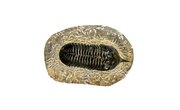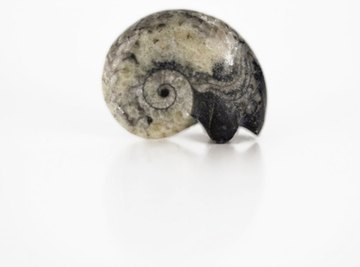
Fossils aren't just for dinosaur-hunters. Scientists from many different fields scour the Earth for these preserved pieces of ancient history, which provide invaluable clues to life millions of years ago. Fossils tell scientists what kinds of plants and animals lived on Earth and where.
What Are Fossils?
The word "fossil" is derived from the Latin word "fossus" which translates as "dug up." Fossils generally come in the form of a sedimentary rock, inside of which organic pieces of matter undergo a complex series of events which eventually leave an imprint in stone of the original organic material. Occasionally fossils form when an animal or plant is encased in sap, which turns to amber. It is a subject of debate among scientists as to how old a specimen must be to be considered a fossil, however the general consensus is that it must be older than 5,000 years. The collection of fossils as a whole is referred to as the fossil record.
The Oldest Fossils
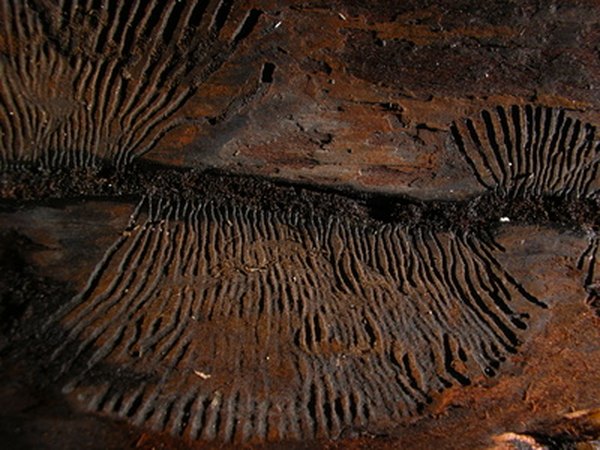
The earliest fossils have been dated to as far back as 3.5 billion years ago. However, a burst of multicellular forms of life known as the Cambrian Explosion occurred about 600 million years ago, so many scientists focus on finding fossils from this era and later. Examining fossils is particularly useful for paleontologists, who still hunt for clues as to why, for instance, the dinosaurs suddenly died out 65 million years ago.
Where Fossils Are Discovered
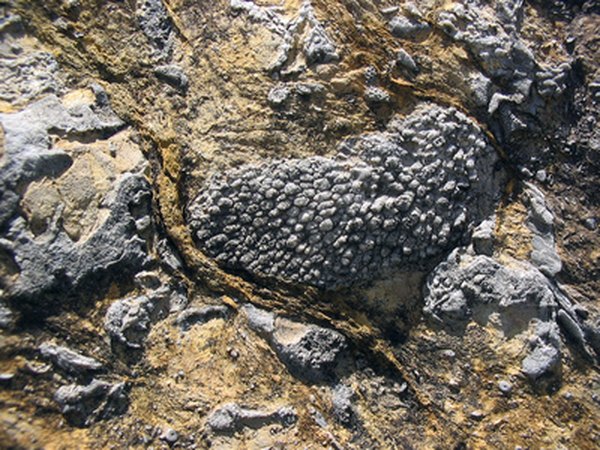
Fossils are found all over the Earth, however fossil hunters have the most success in desert regions that used to be under water millions of years ago. But scientists have discovered fossils on all continents, and maybe even in a meteorite from Mars. The famous Martian meteorite ALH 84001 discovered in Antarctica may contain fossilized evidence of ancient bacteria that once lived on Mars.
How Fossils Are Uncovered
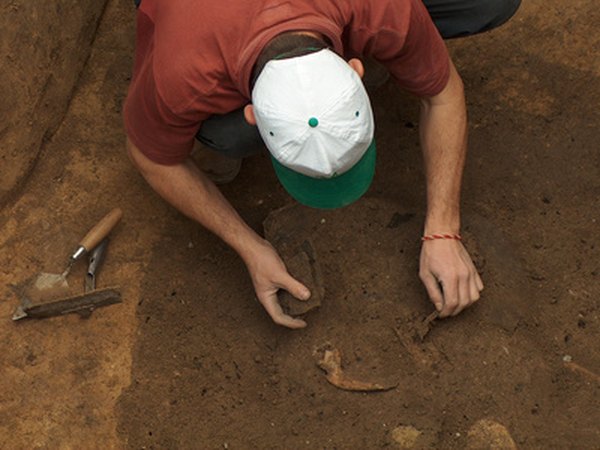
Once a new fossil bed or possible fossil bed is discovered, a team of scientists usually comes along to excavate the area. They do this by systematically sectioning off the site by suspected date range and then carefully combing the earth for specimens. Everything about the site must be recorded, including geographical coordinates, elevation and other important benchmark features. Each specimen is carefully denoted as to its location in the site. Paleontologists use trowels, ice picks, tweezers and paintbrushes for delicate excavation of fossils. Specimens found within the same layer of dirt are from the same time period. Generally speaking, lower strata of dirt are older than higher strata; however different geologic circumstances may change this principle for a specific area. The scientists remove specimens from one layer at a time with samples of the surrounding soil, and then send them to labs for further analysis and dating.
Different Types of Fossils
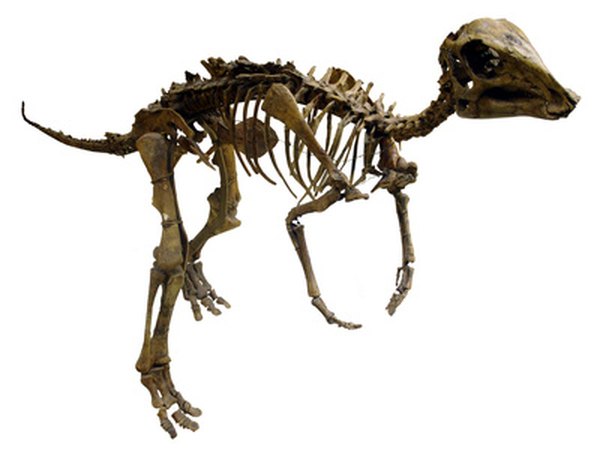
Paleontologists classify several types of fossils. These different categories depend on how the fossil was created. Trace fossils are preserved remains of an animal's activity, rather than its actual body. Types of trace fossils include trilobite tracks, ancient fossilized excrement, tooth marks and preserved nests or burrows of animals and bacteria. Impression fossils are those formed when an impression of organic material is left and gradually filled in with a non-organic substance. Within this category are mold fossils, where only the impression is left, and cast fossils, where it is filled. Body fossils may or may not contain organic material and are preserved specimens of a plant or animal's body. These are the most common type of fossil and they have given scientists swaths of information about the past. Most dinosaur remains come in the form of body fossils. Huge fossil skeletons have been uncovered, allowing paleontologists to classify hundreds of different species of dinosaurs. The locations, makeup and dating of these fossils all give scientists clues to ancient life.
References
About the Author
Stephanie Cox earned a bachelor's degree in science in 2008. After spending eight months as a technical writing intern, Cox launched her freelance writing career. She has been published on Suite101, littleBiggy.com, and in the Rose City Astronomer's Monthly Gazette.
Photo Credits
fossil goniatite image by Jim Mills from Fotolia.com
